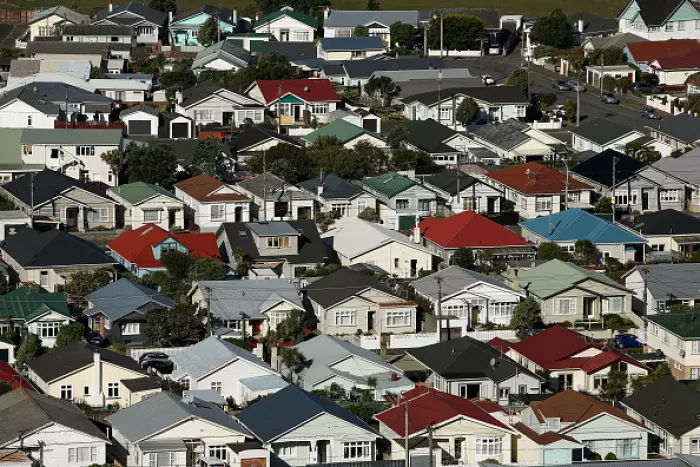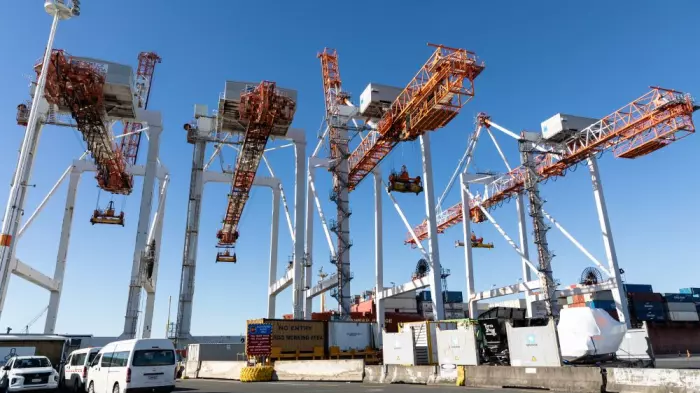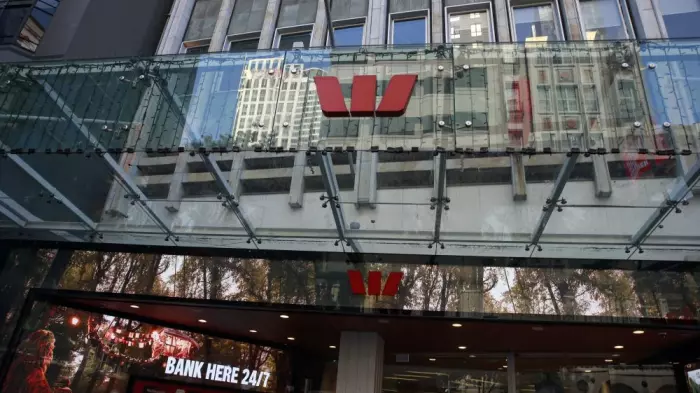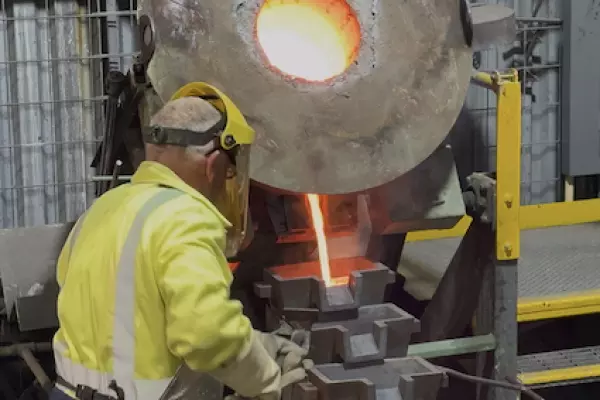New Zealand’s largest mortgage lender is forecasting a 7% dip in house prices this year after December ushered in a 1% fall in prices, the first month-on-month dip in 20 months.
ANZ Bank has downgraded its house price outlook from December’s 4% decline, on the back of continued inflationary pressures and the expectation of housing headwinds. That includes tighter loan-to-valuation ratio lending restrictions and the removal of interest deductibility for landlords.
The chief headwind, however, is that the official cash rate (OCR) could now hit 3% by the first half of 2023.
The OCR is currently at 0.75%, and it is widely expected to move up in increments of 0.25% on the strength of a consumer price inflation rate that is heading close to 6% by the next quarter.
That’s up from a current 4.9% pace, pushed up by supply-side issues.
In its latest property focus, ANZ – which holds about $97 billion in NZ mortgages or about 30% of the total – suggests those increases could push floating mortgage rates above 6% with one-year rates to about 5% by next year.
That's where they were in 2015 – the last time the OCR was 3%.
Senior economist Miles Workman said the bank’s outlook is based on the close relationship between house prices and economic cycles.
However, Workman isn’t expecting any major fall in house prices in the absence of any other income shocks.
Rather, he said, if prices dropped too far and homeowners weren’t forced to sell, then it’s “more likely” that people will simply stop putting their properties on the market until market conditions become more favourable.
There were some signs of that already last month, as the number of sold properties fell 29.4% to 6,755 on the 9,573 sold in December 2020.
Real Estate Institute numbers also showed Auckland house prices in December dipping 2.3% on November’s.
Soft landing
But Workman said it’s still “difficult to imagine” house prices falling in the absence of a recessionary shock to the economy.
It's a different story for the construction industry.
He said even if house prices simply grow at a slower rate rather than falling, consents would be expected to slow significantly over the next few years, from what has been back-to-back records in recent months.
The slowdown in building is likely to be considerably faster if house prices are also declining rapidly.
Construction has been a key driver of economic momentum over the course of the pandemic, with an 8.6% rise in construction-related jobs – the largest of any industry following the arrival of covid.
There is broad consensus, however, that a slowdown in that sector isn’t likely to be any kind of fatal blow to the economy.
That's given a low unemployment rate of 3.4% and widespread labour shortages across most industries, Workman said.
Labour a buffer
Kiwibank senior economist Jeremy Couchman also thinks the sheer strength of the labour market has helped build a significant resilience that will mitigate against any major price shocks to house prices or ongoing demand.
Couchman is also expecting the OCR to tap out at 2.5% next April and is punting a “consolidation” of house prices versus a correction.
His prognosis isn't as dire as ANZ's, with an expectation of a modest 2% drop this year.
What has been a slight surprise, he said, has been the immediate impacts that changes to consumer credit legislation on Dec 1 had in tightening lending.
He said while Kiwibank had seen a slowdown in pre-approvals as a result, some lenders had been “much more overzealous” in their approaches.
ANZ’s Workman believes market and consumer confidence is key.
“If the mood deteriorates, that could be enough for households to pull back on spending, and for businesses to delay investment plans.”
And because the housing market is one of the most visible parts of the economy for many people, a slowdown could cause many people to become pessimistic about the economic outlook, essentially “causing a self-fulfilling prophecy”.














